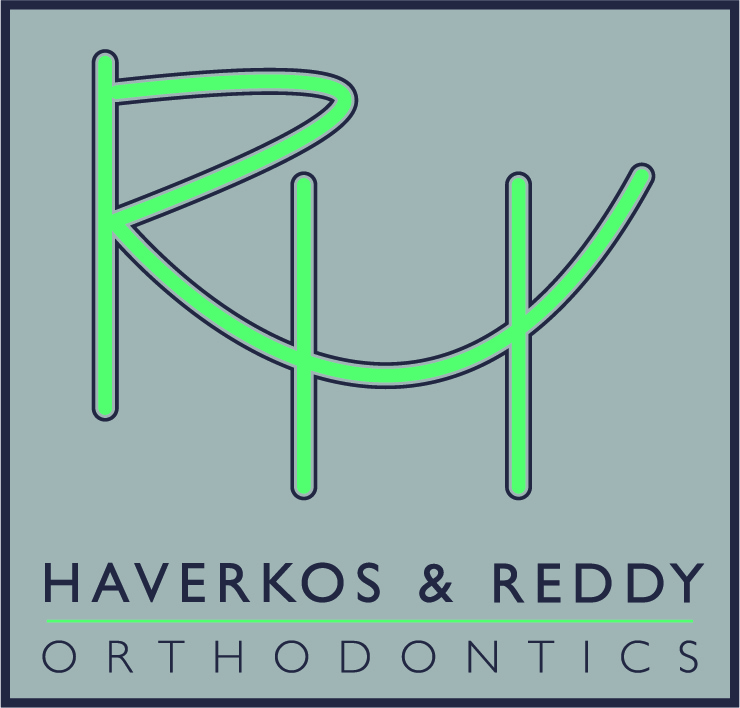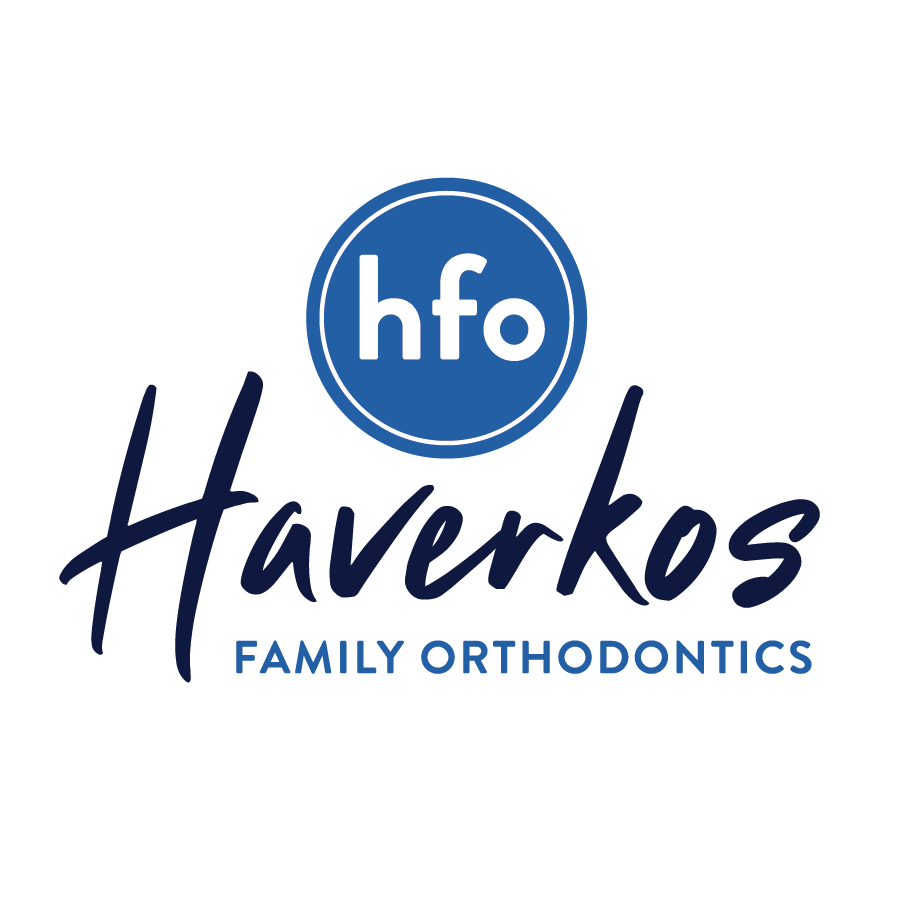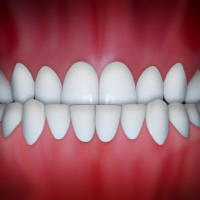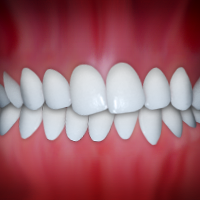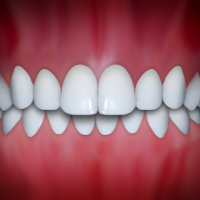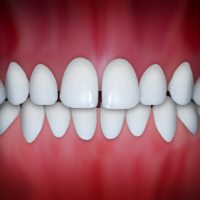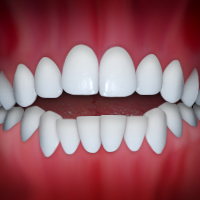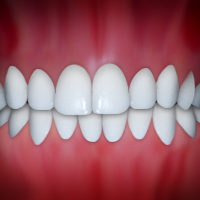Orthodontic technology has changed immensely since I had braces 20 years ago. Traditional braces were really the only option that I was aware of at the time. I was not excited about getting braces. The thought of metal in my mouth for two years was not appealing. I didn’t really understand at the time the value of a smile and the confidence associated with it. It felt like an unneeded chore. Braces utilize a resin bonding system, basically a specialized glue that allows for the brackets to be glued to the teeth. The brackets provide a means to engage the tooth to be able to move it in 3 planes of space. An arch wire connects the brackets. The colored ties attach the wire to the bracket. The arch wire has different sizes and material properties to allow for the alignment of the arches and the esthetic presentation of the teeth. The brackets have hooks to allow for rubber bands or other forms of bite correction. The drawbacks of braces is it is challenging to keep your teeth clean. Your lips, cheeks, and tongue can get irritated. You also have to watch what you eat because the braces are designed to come off and certain foods can pull them off easily. However, the benefits far outweigh the drawbacks. Braces provide better bite alignment for chewing and more importantly, esthetics and confidence.
Clear aligners have been around for decades, but developments in the 90s with computers allowed for the movements to occur on a computer screen. This technological advancement allowed for more complex movements to be sequenced. The concept of clear aligners has been around for decades but the orthodontist would take each model and section and move the teeth. As a result, almost every type of bite and smile can be treated with clear aligners. Invisalign is the most well known brand but many others have developed in the last 5 years. Clear aligners work by taking a scan of your teeth. The scan is digitized and a sequence of movements are completed on the computer. Each micro movement is captured and a plastic material is ultimately created for the patient to wear. Essentially each micro movement pushes the teeth along within the trays. Resin attachments and auxiliaries are added to the teeth to enhancement the movements. The patient will wear each plastic tray for a week for the micro movement to occur before moving to the next tray. The tray material is designed to “flex” and as it flexes it will try to rebound back to its prior position and push or pull the teeth with it. The ability to use clear trays makes it look almost invisible and you can take the tray out to eat and brush. However, the system is heavily patient compliance driven. If the trays are not worn 20-22 hours per day, the micro movement with the teeth will not be fully expressed and the trays will stop fitting. Therefore, clear aligners are not for everyone but they are a nice alternative to braces.
Dr. Stephen Haverkos DMD MSD
Board Certified Orthodontist
Nintendo Mariokart Dad Champion
Jeep Enthusiast
